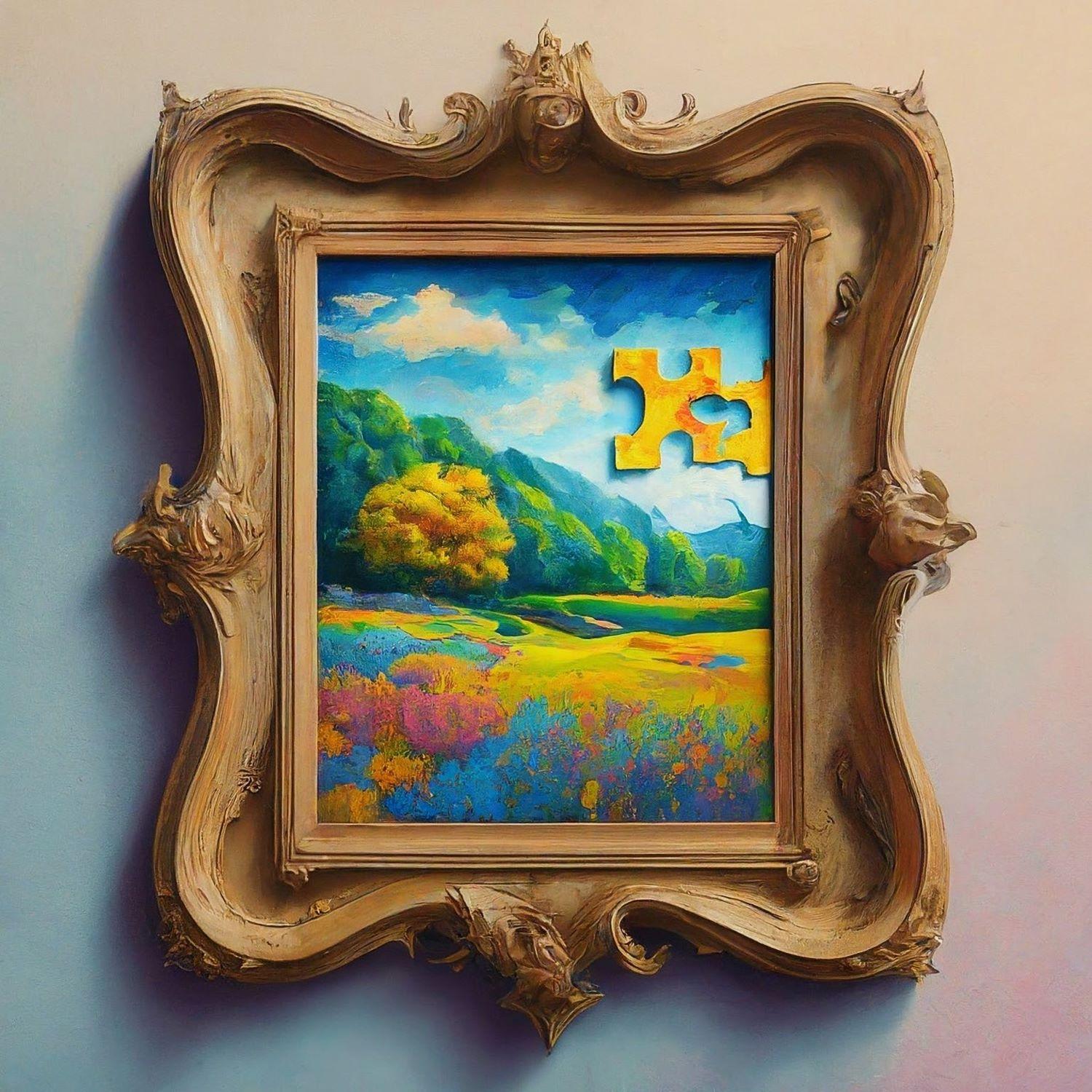The Art of Due Diligence
Posted 23/01/2025

The Cambridge Dictionary defines due diligence as “the detailed examination of a company and its financial records, done before becoming involved in a business arrangement with it.” The key question that arises is how detailed is sufficiently detailed? This is not a simple point of semantics but a critical issue in terms of how those of us leading due diligence assignments look after the interests of our clients.
In my view, due diligence sits somewhere between detailed audit and high level assessment. When undertaking due diligence, we’re often constrained in terms of both time and access to information. A thorough audit is neither possible nor, in my view, necessary. When speaking with asset operators in the course of a due diligence assignment, they often want to show us every record they have with regard to the topic under discussion. At this point, we sometimes need to rein them in – for the purposes of due diligence we only need to see enough evidence to be reasonably satisfied that we understand how the organisation manages the issue in question. But what is that point of reasonable satisfaction? Well, it’s more of an art than a science. And like all art forms, it’s built on years of experience and practice.
I did a talk a few years ago for young professionals where I was asked what experience someone should seek to build to develop their career in due diligence. I said “take all opportunities to do anything you can – all experience is good experience”. This was the approach I took in building my career, working in a variety of sustainability consultancy roles which led me to environmental due diligence, as we called it back then. This range of experience, from working in planning/permitting, and through to construction and operation of assets across a large number of sectors, gave me a broad understanding of the issues that arise at all stages. And leveraging this broad understanding is powerful in a due diligence context.
The metaphor of art can be extended further – when completing a due diligence assignment, I often ask my team about what kind of picture they’re seeing. When they combine findings from across different topics, is it painting a good picture or a bad picture of the asset? And are there large gaps in our understanding preventing us from forming a sufficiently complete picture? To guide us, we build hypotheses, asking ourselves key questions including:
- What kind of picture are we expecting for this asset?
- What should we expect from a certain sector?
- What geographical or jurisdictional factors shape our expectations?
- What would it take to change a bad picture to a good picture (and is that even feasible)?
- And most importantly, what kind of picture is acceptable or unacceptable to our client?
This is where experience equates to value. Broad experience gives rise to broad knowledge. Knowing what good and bad look like, knowing the potential pitfalls and the opportunities – these are the basis of good due diligence. At Infrata, we have an exceptional team bringing unparalleled experience from industry and consultancy across many sectors. We combine this experience and merge in our multi-disciplinary expertise and geographical reach to paint a robust and accurate due diligence picture, giving our clients the confidence to invest.